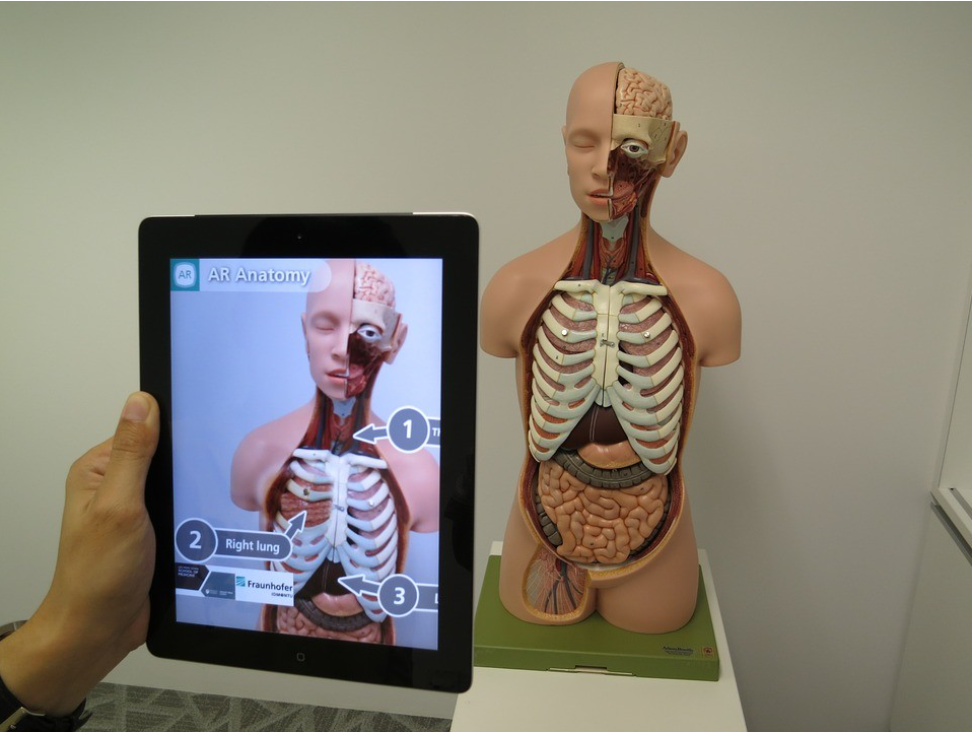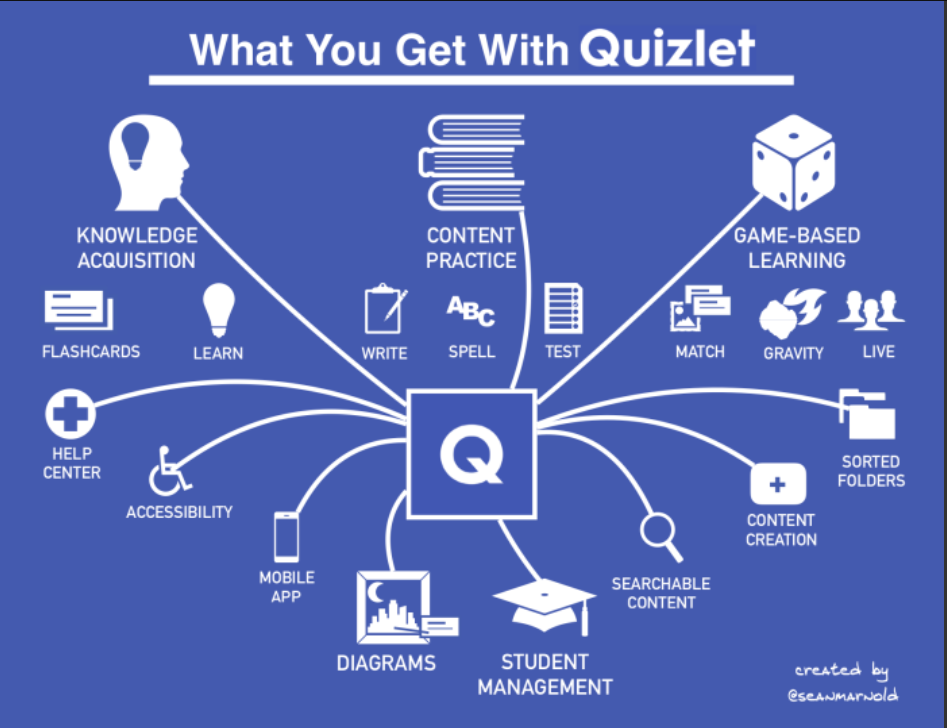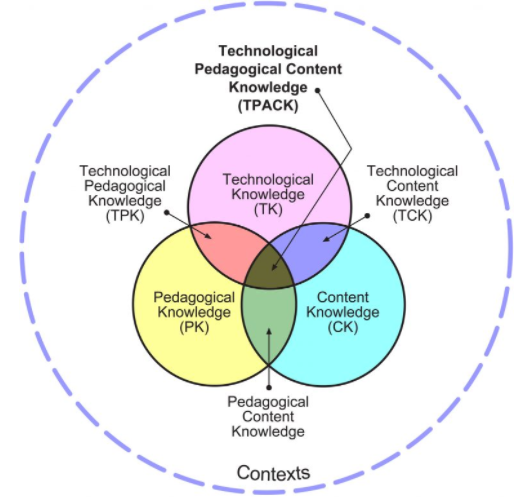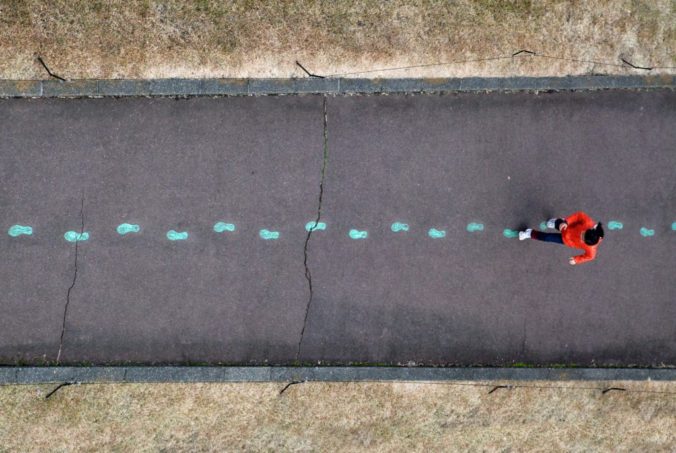Regarding teaching design, I have made new discoveries this week.
First of all, I think that the educated, that is to say, the student, is the most important role in education. The significance of this concept is that education does not progress based on what the teacher thinks, but based on the understanding of students. In other words, the student’s learning progress is the primary concern of the teacher, not just their own teaching progress.
In addition, teachers should be clear about their teaching goals.
Category: Assignment 1 – Blog Posts
For classroom feedback and evaluation, teachers need certain methods to carry out. In a class, how much knowledge the students have mastered is identified by evaluation. Passing the classroom assessment means that students can enter the next semester, but not vice versa. At the same time, evaluation is an important for teachers to understand the progress of students and the effects of their own courses. For the type of evaluation, people divide it into two categories: formative and summative.
“Formative assessment refers to a wide variety of methods that teachers use to conduct in-process evaluations of student comprehension, learning needs, and academic progress during a lesson, unit, or course (FORMATIVE ASSESSMENT, 2014).” Formative assessment is a step-by-step approach. It does not rely on a final exam or speech. In contrast, Formative assessment requires a summary of every day in class or a small test in class. This way of learning can better let students understand their shortcomings every day and provide them with a clear direction for improvement.
”Summative assessments are used to evaluate student learning, skill acquisition, and academic achievement at the conclusion of a defined instructional period—typically at the end of a project, unit, course, semester, program, or school year (SUMMATIVE ASSESSMENTS, 2013) “Summative assessment is more at the end of a semester, it is used to test students’ overall control of the course. Generally speaking, this test will have a final score, and this score will be permanently loaded into your file. But this kind of test does not help much in teaching. On the contrary, it only reflects the final results of students, which does not help them understand a certain piece of knowledge. The most typical example is the SAT test in the United States.
References
Formative assessment definition. The Glossary of Education Reform. (2014, April 29). Retrieved December 3, 2021, from https://www.edglossary.org/formative-assessment/.
Summative assessment definition. The Glossary of Education Reform. (2013, August 29). Retrieved December 3, 2021, from https://www.edglossary.org/summative-assessment/.
“Traditional methods of education as we know it are becoming a thing of the past. They are becoming increasingly digitized, and being driven by technology innovations (Chalimov, 2020).” There is no age limit for the use of AR technology. This means that everything from preschool children to college students involved in work can use this technology.
Compared with traditional teaching, the biggest advantage of AR equipment is “cost saving.” This cost is twofold. The first aspect is time cost. AR technology allows people to learn and find materials anytime, anywhere, without having to use specific books or materials, which greatly accelerates the efficiency of learning. The second is the cost of money. “AR can emulate an environment, which closely resembles the setting where soldiers are expected to operate(Chalimov, 2020).” This move has significantly reduced the country’s expenditure. Allowing countries, institutions, and even individuals to have more economic freedom.
One more thing is safety. AR can train some people who are used to deal with special situations, and avoid them from conducting field exercises. For example, doctors can perform AR training before surgery to improve the success rate of surgery. This example shows that AR technology can be used in any situation where users need to be educated.

Of course, not every country and region has the conditions to use AR technology. Therefore, increasing the penetration rate of technological equipment is a prerequisite for the use of AR equipment.
The video below may help you to understand the concept of AR in education.
References
Chalimov , A. (2021, April 20). Augmented reality in education: The Hottest EdTech Trend and how to apply it to your business. Eastern Peak – Technology Consulting & Development Company. Retrieved December 3, 2021, from https://easternpeak.com/blog/augmented-reality-in-education-the-hottest-edtech-trend-and-how-to-apply-it-to-your-business/.
“Gamification is turning the learning process as a whole into a game, while Games-Based Learning (GBL) is using a game as part of the learning process (Ingwersen, 2017).” This passage proves the gap between these two concepts The most essential difference.
In terms of actual effects, the two may not be so different. The core of these two concepts is to arouse the enthusiasm of students. In the game, the display of achievements, trophies or badges are all attractive, and many players even fight for dozens of hours. Based on this principle, people integrate learning content into games, so that students can become “addicted” to learning. This will greatly improve students’ performance and interest in learning. In addition, students will repeatedly train and apply these skills during the game session. This is a consolidation , which can help students strengthen the knowledge they have already acquired. Not only that, games are more displayed in images, so this method, based on the theories we learned before, is easier to remember by students.

From my personal experience, I had a similar experience in high school. I was in grade 11 and I had a Canadian Study course. In that class, the teacher asked us to use Quizlet for interactive learning. We compare the correct rate of each weapon above to get the corresponding score. This is a very effective learning method.
References
Arnold, S. (2018, September 27). EdTech updates 2018: Quizlet. Brave In The Attempt. Retrieved December 3, 2021, from https://braveintheattempt.com/2018/09/11/edtech-updates-2018-quizlet/.
Ingwersen, H. (n.d.). Gamification vs games-based learning: What’s the difference? Capterra. Retrieved December 3, 2021, from https://blog.capterra.com/gamification-vs-games-based-learning/.
Nowadays, education is an important thing, especially for teachers. Modern education is a combination of technology and tradition, and it must be reflected by certain means. Therefore, it is very important to have a suitable method. This method needs to enable teachers to use technology to complete the improvement of pedagogy, and this method is TPACK.
“According to the TPACK framework, specific technological tools (hardware, software, applications, associated information literacy practices, etc.) are best used to instruct and guide students toward a better, more robust understanding of the subject matter (Kurt, 2019). ” This is the purpose of the Tpack framework.

Content Knowledge, this is a framework used to build students’ concepts and cognitive systems. Here, the teacher needs to communicate the scope of the course to the students, just like the outline of a university course.
Technological Knowledge refers to the ability of teachers to master technology. For example, how will a teacher judge a student or his proficiency in the use of computer and other hardware facilities and software facilities.
Pedagogical Knowledge (PK) This requires a teacher to be able to organize the classroom and control and lead the students forward. In this regard, teachers need to show their current understanding of students’ psychology.
The area of some of the remaining intersections in the figure is more detailed, so I won’t emphasize too much here. All in all, Tpack itself is also a set of tools, a set of tools that teachers can apply. In short, Tpack tells teachers that the core of teaching is content. Teaching can be carried out only if the content is substantial and logical.
References
Kurt, S. (2019, September 16). TPACK: Technological Pedagogical Content Knowledge Framework. Educational Technology. Retrieved December 3, 2021, from https://educationaltechnology.net/technological-pedagogical-content-knowledge-tpack-framework/.
This is a model that is designed for educators who may involve with technique supports in their education procedures. The SAMR model is especially suitable for contemporary remote learning status.
These four letters are “substitution”, “augmentation”, “modification” and “redefinition”.
The first thing is “substitution” which means finding a better online learning tool instead of using traditional stuff. For instance, educators choose Zoom meeting or Tencent online meeting as a substitution for face-to-face courses, or more commonly, use Microsoft word to replace the notebook.
The second thing is augmentation. Augmentation means to subversive change the traditional method. In a regular class, students get information from the book or paper-printed materials. However, doing augmentation is to introduce the video content to the class.
The third thing is modification. This allows students to perform their projects in a digital way. Besides, students under this step are encouraged to collaborate in groups
through the online software disregard their locations.
The last thing is redefinition. It means students, in this situation, are able to do tasks only with support from this technique. For instance, if students want to do research on Japanese culture, they can communicate with Japanese students through the online meeting software and there is no auxiliary method for this action except throughout the internet.
This method provides educators a method for online teaching and this method is even more important than usual due to the current situation.
SAMR Model: A Practical Guide for K-12 Classroom Technology Integration. (2021). Retrieved 17 October 2021, from https://www.powerschool.com/resources/blog/samr-model-a-practical-guide-for-k-12-classroom-technology-integration/

In my personal experience, I have told a lot that people perform differently just because their brains’ working areas are different and the lead to preference of people. For instance, a person who is good at math just because he has a more active right brain. However, the article I read this week shocked me a lot.
The article says that actually there is no significant bias of people using their brains, which means that two parts of our brain, at all times, work together and corporate with each other. It is obvious that both of these two parts have their advantages. For example, the left brain deals with people’s pronunciation whereas the right brain focuses more on the logic of things. Besides, there is no bias that only the left or the right part of the brain dominates people’s actions, so it is wrong that attribute all differences from individuals to their brains.
The article tells me that the differences among people are not as drastic as I thought before and it provides a basic view that when teachers are teaching their students, the teacher should focus more on the different learning styles, but not focuses on which student has a “better” brain.
References
Left Brain versus Right Brain Thinkers. (n.d.). Retrieved from http://www.educationalneuroscience.org.uk/resources/neuromyth-or-neurofact/left-brain-versus-right-brain-thinkers/
I have read the website “Top 300 Tools for Learning 2021” and I discovered that two of my most familiar software have been listed on that.
The Zoom, of course, should be the software that most students know it because most courses are taught through this application. I would like to say that this website is one of the most useful one I have ever experienced since I have completed my year 2 based on that and I have a lot of appreciation about this application. However, I do notice a thing that seems to be unusual, which is the ranking of YouTube is higher than Zoom.
To my perspective, I think the reason of the higher ranking is that students have to search more course related stuffs and studying online on the YouTube. Compared to face-to-face courses, online courses always have lower efficiency and it is more likely students to be absent from classes. So, students have to gain sources from the internet.That is the reason that YouTube ranks higher than Zoom.
Top tools for learning 2021. (n.d.). Retrieved September 20, 2021, from https://www.toptools4learning.com/.

Welcome and Introduction
Before proceeding with this first blog post, we expect you to consider your privacy preferences carefully and that you have considered the following options:
- Do you want to be online vs. offline?
- Do you want to use your name (or part thereof) vs. a pseudonym (e.g., West Coast Teacher)?
- Do you want to have your blog public vs. private? (Note, you can set individual blog posts private or password protected or have an entire blog set to private)
- Have you considered whether you are posting within or outside of Canada? This blog on opened.ca is hosted within Canada. That said, any public blog posts can have its content aggregated/curated onto social networks outside of Canada.
First tasks you might explore with your new blog:
- Go into its admin panel found by adding /wp-admin at the end of your blog’s URL
- Add new category or tags to organize your blog posts – found under “Posts” (but do not remove the pre-existing categories or sub-categories). If you would like to add more course categories, please do so (e.g., add EDCI 306A with no space for Music Ed, etc.)
- See if your blog posts are appearing on the course website (you must have the course categories assigned to a post first and have provided your instructor with your blog URL)
- Add pages
- Embed images or set featured images and embed video in blog posts and pages (can be your own media or that found on the internet, but consider free or creative commons licensed works)
- Under Appearance,
- Select your preferred website theme and customize to your preferences (New title, etc.)
- Customize menus & navigation
- Use widgets to customize blog content and features
- Delete this starter post (or switch it to draft status if you want to keep for reference)
Do consider creating categories for each course that you take should you wish to document your learning (or from professional learning activities outside of formal courses). Keep note, however, that you may wish to use the course topic as the category as opposed to the course number as those outside of your program would not be familiar with the number (e.g., we use “Multimedia Learning” instead of “edci337).
Lastly, as always, be aware of the FIPPA as it relates to privacy and share only those names/images that you have consent to use or are otherwise public figures. When in doubt, ask us.
Recent Comments